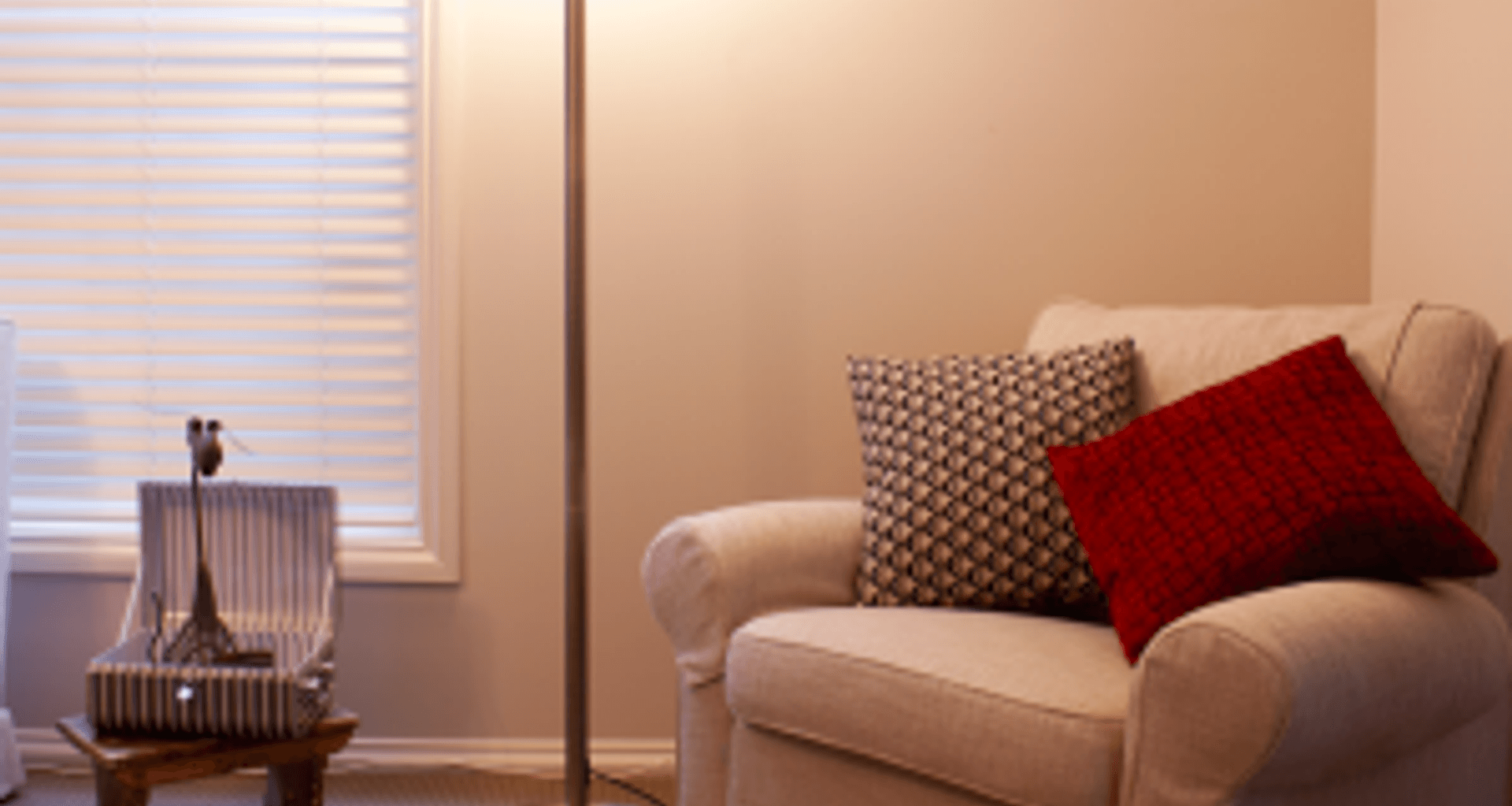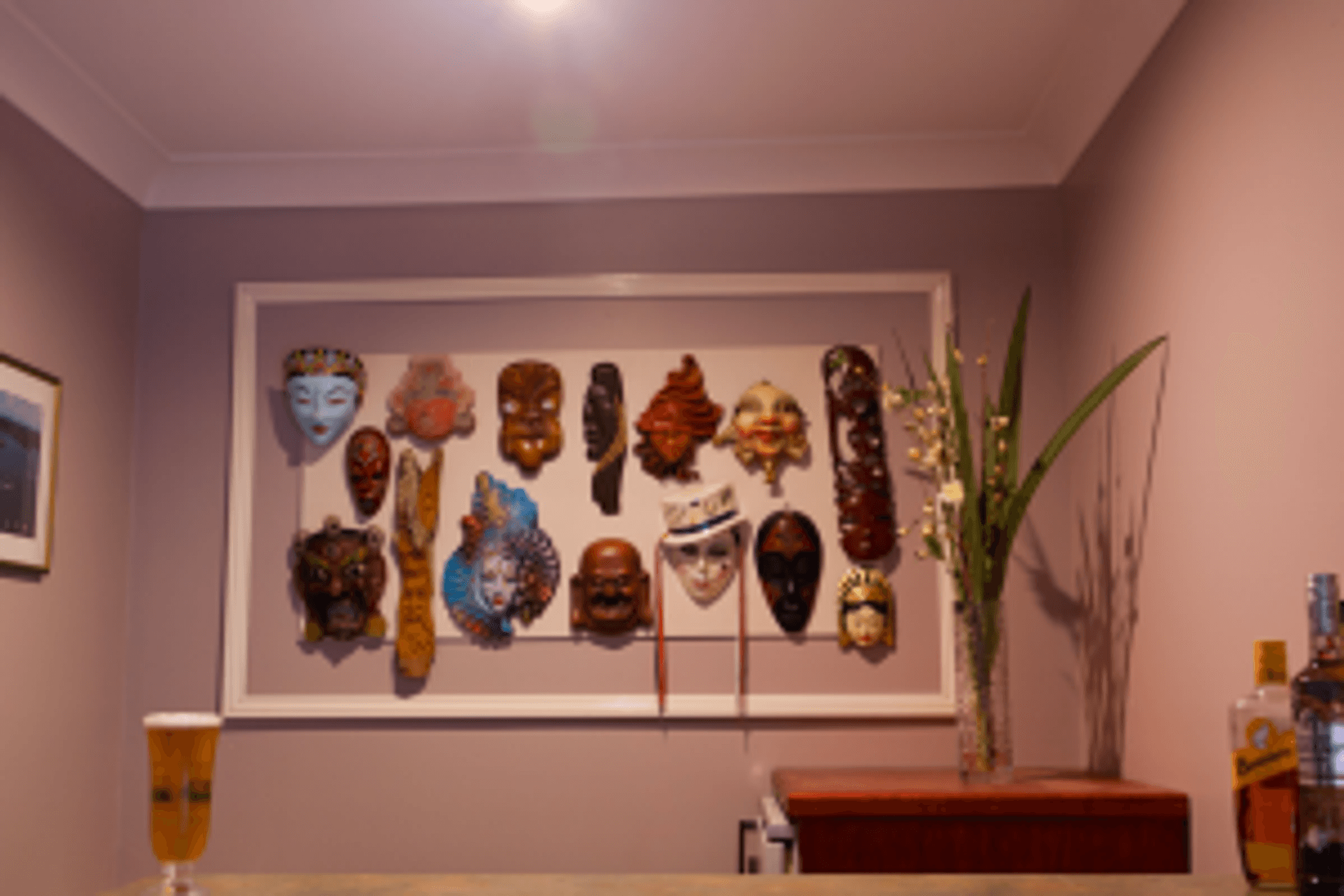Couples That Have Different Design Preferences

What to do when your partner has a different style
I often come across couples that have different design preferences and find myself tongue in cheek saying “marriage counselling” is not included in my fee.

Make compromise in your decoration style
It’s only natural that people like different things. And just because you’re a couple does not mean these likes will not clash.
So what do you do when the other half is adamant that “there is no way we are having that in our home!”?
Compromise is the answer. For example, if it’s a particular shape or style that the partner is against then let them select the material it’s made from. There will always be a way to compromise.

Create an eclectic mix of furnishings
This can be tricky (and needs to be done with care) as it’s vital to connect the pieces. A space needs to feel unified. This can be achieved in one way by the use of colour. For example, picking up hints of colour in one item and repeating it with another. Or simply tying together with a cushion or throw rug that has colours from other items in the space.
Have a look at some eclectic style ideas.
If a compromise cannot be reached this way then enlist a third party. However an agreement needs to be met that the umpires final selection rules.
Polar opposites in interior styling
One client I have worked with had the polar opposites in taste and artwork. One liked extreme forms of abstract the other still life and country pieces.
After numerous visits to several art suppliers and hours of sourcing through lots of options the compromise was to select a print that contained colours that they both liked. And it was an abstract image of a landscape that could still actually be seen as a landscape.

Tips to find common ground in interior styling
If the difference is too extreme then consider allowing one to have a room that is called their own. This being in which they can decorate in anyway they like.
Also, look at the function of a room and which style would suit it best. For example, a partner may like a white minimalist style but have toddlers around which is a recipe for disaster.
Consider longevity of items in room. Like is it very fashionable or likely to date?
When planning a space decide ahead what your objective is and what items you’re both willing to concede on.

Keep communicating to agree on a decoration style
By keeping the lines of communication open, setting expectations and being willing to compromise, you can design a space that truly represents everyone who lives there.
Create an environment that reflects who you are as a couple and the life that you want to live.
